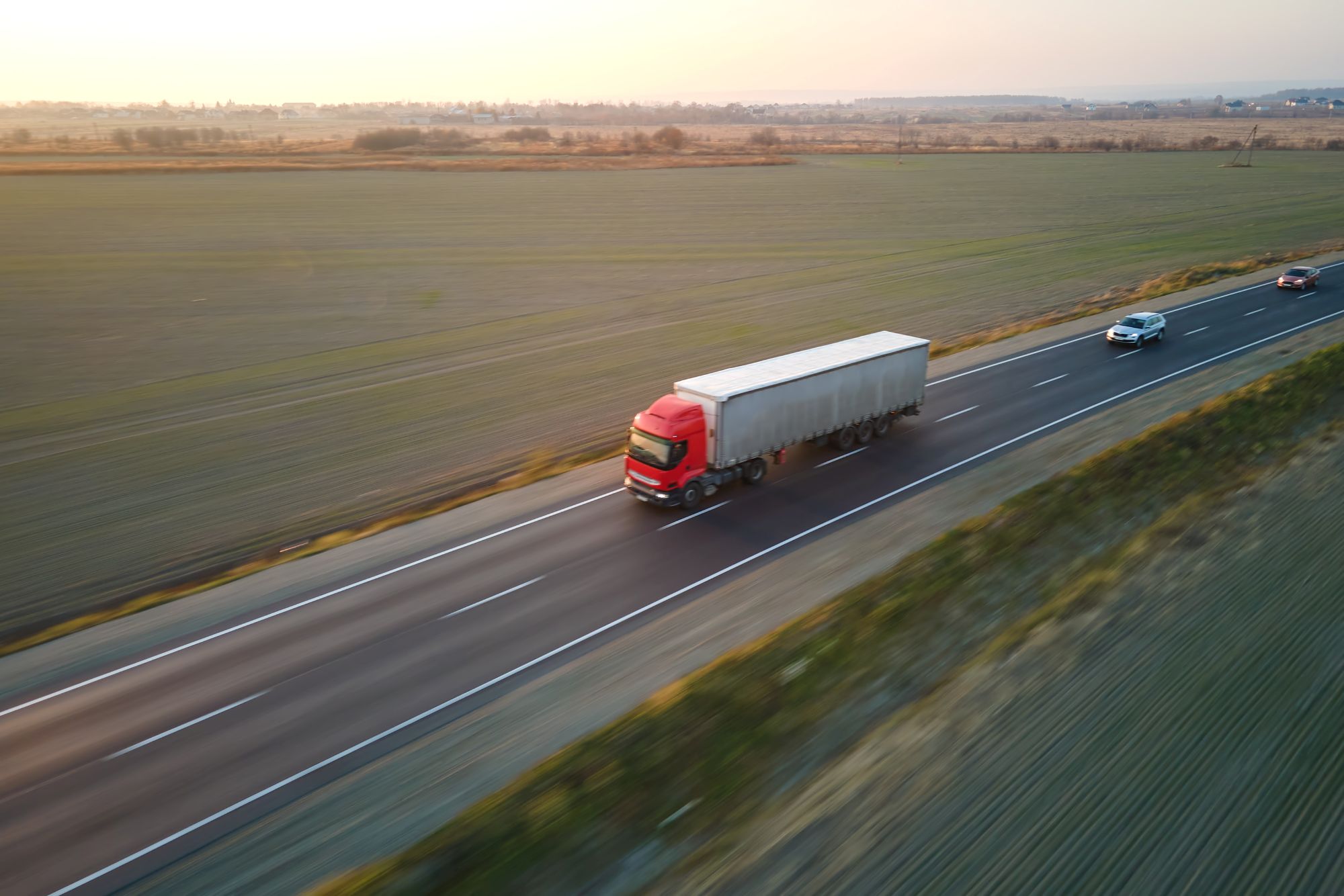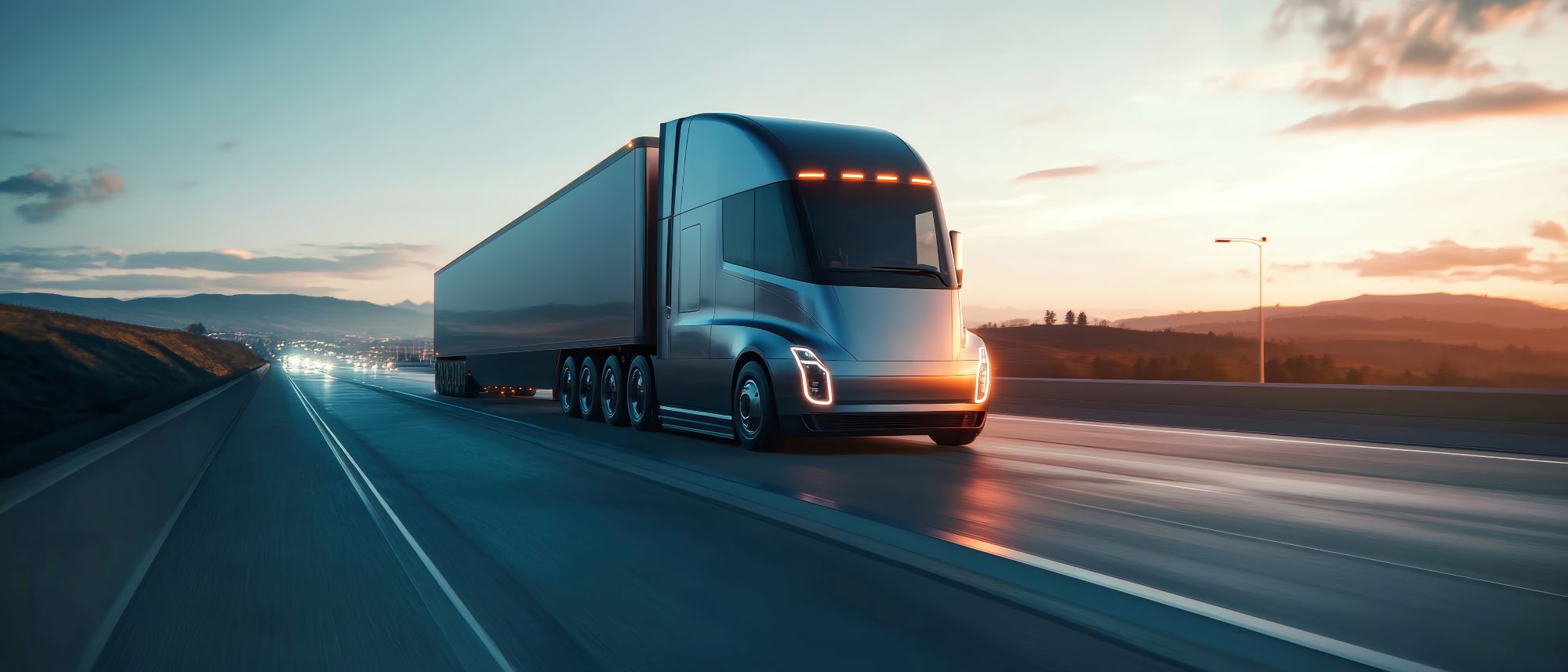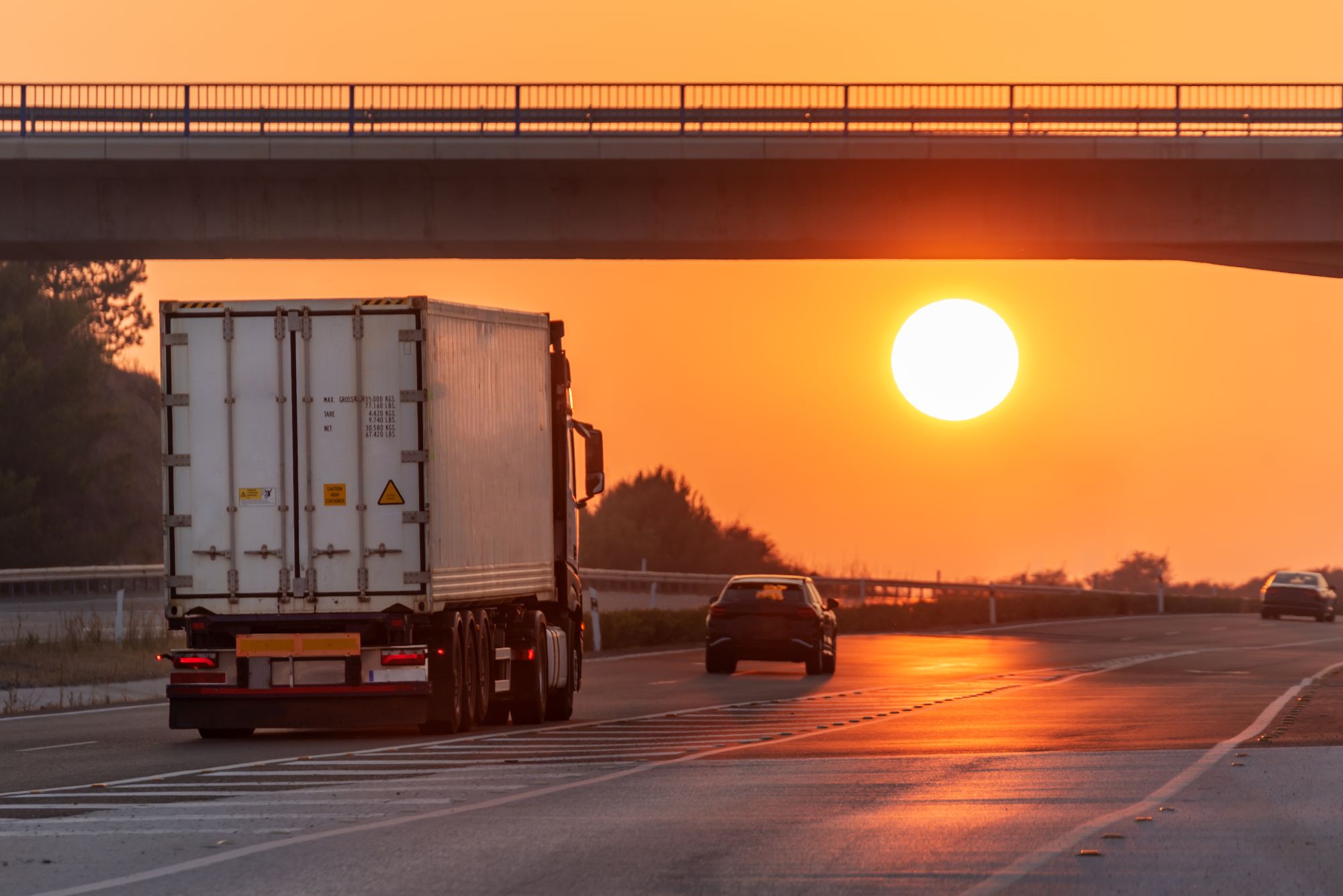
Miranda Blake
День водителей грузовых автомобилей 2025: Дать дальнобойщикам право голоса
Создано: 22.01.2025
•
Обновлено: 22.01.2025
22 января 2025 года отмечается День водителей грузовых автомобилей. Этот день, учрежденный компанией NN1 Personnel (рекрутеры и поставщики дальнобойщиков в логистической отрасли), призван отметить водителей и все, что они делают для экономики и общества.
Без дальнобойщиков, которые часто сталкиваются с различными трудностями в своей работе (включая отрыв от семьи и дома, долгий рабочий день и поездки в экстремальную погоду), мы бы остались без необходимых нам товаров и удобств. Они действительно были героями как в последние несколько лет, так и до этого - пандемия была лишь одним из примеров этого.
Как отметить этот день, зависит от вас. [NN1 Персонал рекомендует проявлять доброту] (https://nn1personnel.co.uk/celebrating-hgv-drivers-day-2/#:~:text=Why%20have%20we%20created%2022nd,the%20applause%20they%20truly%20deserve.), например, угостить водителей горячим напитком или пообщаться с ними.
Мы в SNAP всегда стремимся дать дальнобойщикам право голоса. И в этот День водителей грузовых автомобилей мы именно это и делаем. После недавнего сообщения на нашей странице в Facebook с вопросом о нехватке водителей и о том, как обеспечить молодежи энтузиазм для работы в отрасли, мы приводим некоторые комментарии дальнобойщиков, которые показывают их реальный жизненный опыт - от проблем, с которыми они сталкиваются, до того, что они любят в своей работе.
Баланс между работой и личной жизнью
Основной темой разговора водителей является то, как эта работа влияет на их личную жизнь: например, они не могут быть рядом в важные моменты жизни, вынуждены спать в кабине, а деньги не стоят тех жертв, на которые они идут.
*"Вождение грузовиков всегда было плохим заработком, долгими часами и практически полным отсутствием социальной жизни. Современная молодежь не станет мириться с дурацкими часами, ведь у большинства из них есть своя жизнь вне работы".
Я бы не рекомендовала это делать, если только это не в вашей крови. Это не обычная работа, это образ жизни. Вы должны понимать, во что ввязываетесь. У вас нет регулярного времени начала и окончания работы, как на заводе. Все зависит от характера работы. От вас ждут 15-часовых смен и ночевок в такси, если того требует работа, - и к черту домашнюю жизнь".
*"70 часов в неделю в среднем за 50 тысяч фунтов в год просто больше не стоят того. Минимальная зарплата быстро догоняет среднюю зарплату дальнобойщика, так что я просто буду работать сверхурочно на заводе за такие же деньги и видеться с женой каждый вечер".
Приходится работать по 60/65 часов в неделю, 3/4 ночных тусовок, никакой социальной жизни - за те деньги, что вы зарабатываете, вы могли бы с таким же успехом укладывать полки в Aldi и жить своей жизнью. Новые водители, приходящие на работу, не хотят столько часов или ночных тусовок за те гроши, которые вы зарабатываете, это факт. Поэтому, когда компании начнут платить водителям больше, они начнут набирать водителей".
*Сколько тех, кто начинал в то же время, что и я, продолжили работать в этой индустрии? Скольким женам надоело не видеть своих мужей? Сколько водителей устали от того, что не видят своих жен и детей?"
*"Зачем молодым водителям идти в эту отрасль? Длинные часы, низкая зарплата - они могут заработать больше денег и вести более общительную жизнь, если будут обучаться чему-то другому. К сожалению, для меня уже слишком поздно".
Статистика подтверждает эти отзывы. Например, выяснилось, что дальнобойщики работают в среднем 48 часов в неделю - по сравнению с 37,5 часами для всех сотрудников, это на 28 % больше. Поэтому неудивительно, что лишь треть водителей считают, что их работодатели поддерживают баланс между профессиональной и личной жизнью. Не шокирует и то, что столь значительное число водителей покинуло этот сектор, включая 67,21 % молодых людей в возрасте до 30 лет, которые повесили свои знаки отличия в течение года после пандемии.
Жизнь после грузоперевозок
Некоторые из тех, кто оставил свои комментарии, ушли из индустрии и перешли на другую работу, которая приносит им больше счастья.
*"На заводе, где обрабатывают детали, платят больше... и я знаю, когда ухожу и когда возвращаюсь домой, так что это не вопрос".
*"Мои права и CPC просто лежат в бумажнике. Учите людей водить машины".
*Не пропустите ни капли. Лицензия все еще действительна. Пусть CPC уходит. Хватит с меня."
*Я много лет проработал в 1-м классе и не хочу туда возвращаться, потому что могу зарабатывать те же деньги и вести семейную жизнь на заводе. Это просто больше не стоит того!"
*"Вернулся к вождению автобусов, поскольку там, где я живу, платят больше в час. После 15 лет вождения грузовиков мне очень нравятся восьмичасовые смены. Вы не понимаете, чего лишаетесь, проводя время вне работы, пока не испытаете это снова".
По стопам семьи
Другие же размышляли о приятных воспоминаниях, связанных с поездками в грузовиках со своими отцами в детстве, о том, насколько это ценно, и как этот опыт привел их к тому, что они сами стали работать в этом секторе после окончания учебы.
*"Я думаю, что индустрия в значительной степени не думает о том, как воспитываются 21-летние. Когда-то они ездили со своими отцами на грузовиках. Парни в грузовиках развивали не меньше мозговых способностей, но смотрели на дорожные номера".
*Когда дети перестали ездить в вагоне с отцами на каникулах, это перестало их интересовать. Давайте посмотрим правде в глаза: нет особого финансового стимула присоединяться, не так ли?"
*Ни одни школьные каникулы не проходили без поездки с отцом на грузовике.
*"Они знали свою работу досконально еще до окончания школы".
"Было здорово побывать в Бельгии с моим отцом. В United Carriers для агентства Protem Ltd из Кента. Потом в Marley Extrusions. Потом, да и сейчас, я работаю помощником водителя без прав - хотел бы иметь, но зрение у меня не очень, так что я работаю помощником водителя. Люблю быть в своих грузовиках ".
Страсть к работе
Многие не согласились с тем, что грузоперевозки - не идеальная работа, будь то из-за денег или просто из-за любви к вождению грузовика.
*"Я работаю три ночи в неделю за базовую зарплату в 45 тысяч фунтов в год. Покажите мне другую работу, которую я мог бы получить с двухнедельным обучением и за которую платят столько же!"
*Я проработал на танкерах почти 49 лет и до сих пор работаю по выходным в 74 года с одной ночевкой в неделю, и могу заверить вас, что в отрасли не хватает хороших людей. Многие хорошие люди умерли, не дождавшись своего часа. Я бы точно повторил все это, если бы мог".
*Это профессия, которая либо нравится, либо нет. Мне нравилось заниматься этим много лет, и я отсутствовал по 4-6 недель. Многое зависит от того, в какой компании вы работаете. Я проработал в своей 32 года".
*"Сдал экзамен по вождению грузовика в 19 лет. Уже почти три года путешествую по дорогам - очень нравится".
50% водителей не хотели уезжать, и никто не хотел уезжать на выходные. Более или менее все говорили мне: "Ты пропустил лучшие годы, сынок, найди другую работу". На самом деле деньги были неплохие, если ты вкалывал, и если ты работал ради денег, то мог неплохо зарабатывать. Если же вы хотели легкой жизни в лучших грузовиках, полноценного отдыха и заботы со стороны фирмы, то вы ошиблись с выбором работы ".
*Я всегда работал по 60 с лишним часов каждую неделю и имел от этого хорошую комфортную жизнь, а главное - очень хорошую, понимающую и сильную женщину рядом со мной. И да, я бы сделал все это снова".
Признание заслуг дальнобойщиков в День водителей грузовых автомобилей
Все эти комментарии дают понять, что, хотя дальнобойщики, безусловно, сталкиваются с трудностями, им по-прежнему есть что любить, а для некоторых это карьера, которой они с удовольствием занимаются всю жизнь, - так что вполне логично, что около [половины водителей чувствуют себя удовлетворенными работой] (https://www.truckingdive.com/news/drive-my-way-2023-job-happiness-report/700293/).
Мы считаем, что очень важно, чтобы все признавали, что дальнобойщики делают для нас. К сожалению, некоторые водители отметили, что испытывают значительный недостаток уважения. Этого не должно быть - они должны получать признание за то, что делают, чтобы обеспечить нас всем самым необходимым в жизни. Как сказал один дальнобойщик:
*Автомагистрали могут быть венами страны, но грузовики - это наша кровь. Без них у нас не было бы ни продуктов питания, ни тем более товаров".
Поэтому в День водителей грузовых автомобилей - да и вообще каждый день - мы просим всех отметить тех, кто находится в пути ради нас. Дальнобойщики заслуживают похвалы, уважения и многого другого.



